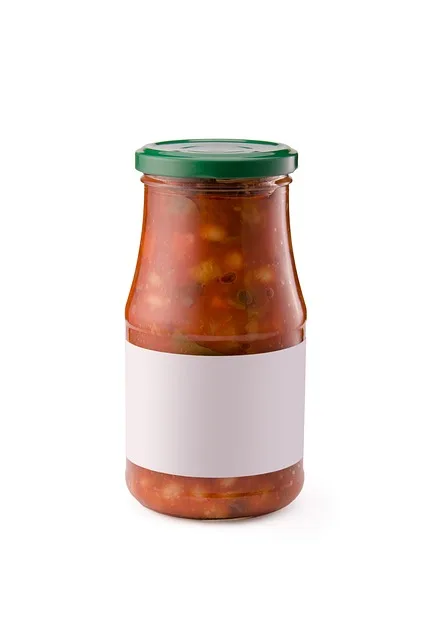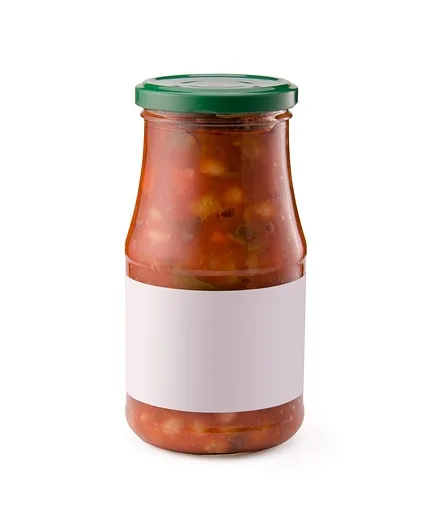First things first, gather your supplies. You’ll need sandpaper (120-grit and 220-grit are your best friends here), a sanding block or an electric sander, a vacuum or a damp cloth, and some safety gear like a mask and goggles. Safety first, right? You don’t want to be inhaling all that dust!
Now, let’s get to the fun part—sanding! Start with the 120-grit sandpaper. This is where the magic happens. Gently sand the surface of your cabinets in the direction of the wood grain. Think of it like giving your cabinets a gentle massage; you want to smooth out any imperfections and create a surface that the paint can cling to. Don’t rush it; take your time and enjoy the process!
Once you’ve tackled the rough spots, switch to the 220-grit sandpaper. This step is like putting the finishing touches on a masterpiece. It’ll help you achieve that silky-smooth finish that makes your cabinets look professionally done. After sanding, grab your vacuum or damp cloth to wipe away all that dust. You want a clean surface for painting, so don’t skip this step!
Now, take a moment to admire your hard work. Your cabinets are prepped and ready for a stunning transformation. With a little patience and effort, you’re well on your way to giving your kitchen a fresh, new look that you’ll love for years to come!
Sanding Secrets: Transform Your Kitchen Cabinets for a Flawless Paint Finish
Imagine your cabinets as a blank canvas, just waiting for a splash of color. But before you dive into painting, you need to prep that surface. Think of sanding as the warm-up before a big race. It gets your cabinets ready to shine! Start with a medium-grit sandpaper to remove any old paint or finish. It’s like giving your cabinets a fresh haircut—suddenly, they look brand new!
Now, here’s a little insider tip: don’t rush this step. Take your time and sand in the direction of the wood grain. This not only helps to avoid scratches but also ensures that the paint adheres better. It’s like creating a cozy bed for the paint to snuggle into!
Once you’ve sanded down those surfaces, grab a vacuum or a damp cloth to wipe away the dust. This is crucial! Imagine trying to paint over a dusty surface—it’s like trying to write on a dirty chalkboard. You want that clean slate for the best results.
After your cabinets are dust-free, consider using a primer. It’s like putting on a good foundation before your makeup. It helps the paint stick and enhances the color, making your cabinets pop! So, roll up your sleeves, grab that sandpaper, and get ready to transform your kitchen into a space that feels fresh and inviting. Your cabinets are just waiting for their moment to shine!
The Ultimate Guide to Sanding Kitchen Cabinets: Tips for a Professional Look
First off, prep work is key. Just like a painter wouldn’t start without a clean canvas, you shouldn’t begin sanding without clearing out your cabinets. Remove all the contents and take off the doors and hardware. This not only makes the job easier but also prevents any accidental damage. Think of it as giving your cabinets a fresh start!
Now, when it comes to choosing sandpaper, you want to start with a coarser grit, like 80 or 120, to tackle any imperfections. It’s like using a rough sponge to scrub away the grime before polishing! Once you’ve smoothed out the rough spots, switch to a finer grit, around 220, for that silky finish. Remember, patience is your best friend here. Rushing through this step can leave you with a less-than-stellar result.
As you sand, always go with the grain of the wood. It’s like following a river’s flow; going against it can create unsightly scratches. And don’t forget to vacuum or wipe down the surfaces between grits to remove dust. A clean surface is crucial for the paint or stain to adhere properly.
From Drab to Fab: Mastering the Art of Sanding Kitchen Cabinets Before Painting
Imagine your cabinets as a blank canvas. Just like an artist wouldn’t paint on a rough surface, you shouldn’t skip sanding. It’s all about creating that smooth, flawless finish that makes your cabinets pop! So, grab your sandpaper and let’s dive in.
First off, why sand? Think of it as giving your cabinets a fresh start. Sanding removes old paint, grime, and any imperfections that could ruin your new look. It’s like exfoliating your skin before applying makeup—smooth skin leads to a flawless finish! Start with a coarser grit sandpaper to tackle those stubborn spots, then switch to a finer grit for that silky-smooth feel.
Now, here’s a pro tip: always sand in the direction of the wood grain. It’s like following a map; you want to stay on the right path to avoid scratches. And don’t forget to wear a mask! You don’t want to inhale all that dust—yuck!
Once you’ve sanded, wipe down the cabinets with a damp cloth to remove any dust. This step is crucial; it’s like cleaning your plate before serving a delicious meal. You want everything to be just right!
So, are you ready to transform your kitchen from drab to fab? With a little elbow grease and the right technique, your cabinets will be begging for a fresh coat of paint. Get ready to unleash your inner DIY diva!
Sanding Kitchen Cabinets: Essential Techniques for a Smooth, Long-Lasting Paint Job


First off, grab your sandpaper. You’ll want to start with a coarser grit, like 80 or 120, to tackle any old paint or finish. Think of it as giving your cabinets a fresh haircut—getting rid of the split ends before styling! Sand in the direction of the wood grain to avoid scratches that could ruin your finish. It’s like brushing your hair; you wouldn’t want to go against the flow, right?
Once you’ve smoothed out the rough spots, switch to a finer grit, around 220. This step is crucial for that silky-smooth feel. It’s like polishing a gem; the finer you go, the more it sparkles! Don’t forget to wipe down the surfaces with a damp cloth afterward. This removes dust and debris, ensuring your paint adheres beautifully.
Now, here’s a pro tip: if your cabinets have intricate details or grooves, consider using a sanding sponge. It’s flexible and can get into those nooks and crannies, much like a good friend who knows how to help you out in tight spots.
Finally, remember to wear a mask and goggles. Safety first, right? You want to protect yourself from all that dust flying around. So, roll up your sleeves, put on some tunes, and get ready to give your kitchen cabinets the makeover they deserve!
Frequently Asked Questions
How Long Does It Take to Sand Kitchen Cabinets?
Sanding kitchen cabinets typically takes between 1 to 3 hours, depending on the size of the cabinets and the level of detail required. Proper preparation and technique can enhance efficiency, ensuring a smooth surface for painting or staining.
What Tools Do I Need to Sand Kitchen Cabinets for Painting?
To sand kitchen cabinets for painting, you will need a few essential tools: sandpaper (preferably 120 to 220 grit), a sanding block or electric sander for even pressure, a vacuum or tack cloth to remove dust, and safety gear like a mask and goggles. These tools will help you achieve a smooth surface for optimal paint adhesion.
What Grit Sandpaper Should I Use for Kitchen Cabinets?
For refinishing kitchen cabinets, start with 120-grit sandpaper to remove old finishes and smooth rough areas. Follow up with 220-grit for a finer finish, ensuring the surface is ready for painting or staining. Always sand in the direction of the wood grain for best results.
How Do I Prepare Kitchen Cabinets for Sanding?
To prepare kitchen cabinets for sanding, start by removing all hardware and doors. Clean the surfaces thoroughly to eliminate grease and dirt. Use a degreaser if necessary. Next, lightly sand the surfaces with a fine-grit sandpaper to create a smooth base for the new finish. Ensure to wipe down the cabinets with a damp cloth to remove dust after sanding. This preparation will help achieve a professional-looking result.
What Are the Best Techniques for Sanding Kitchen Cabinets?
To achieve a smooth finish on kitchen cabinets, start by removing hardware and cleaning surfaces. Use a coarse grit sandpaper (80-120) for initial sanding to remove old finishes, followed by medium grit (150-180) for smoothing. Finish with fine grit sandpaper (220) for a polished surface. Always sand in the direction of the wood grain and ensure proper ventilation. Consider using a sanding block or an electric sander for efficiency.
